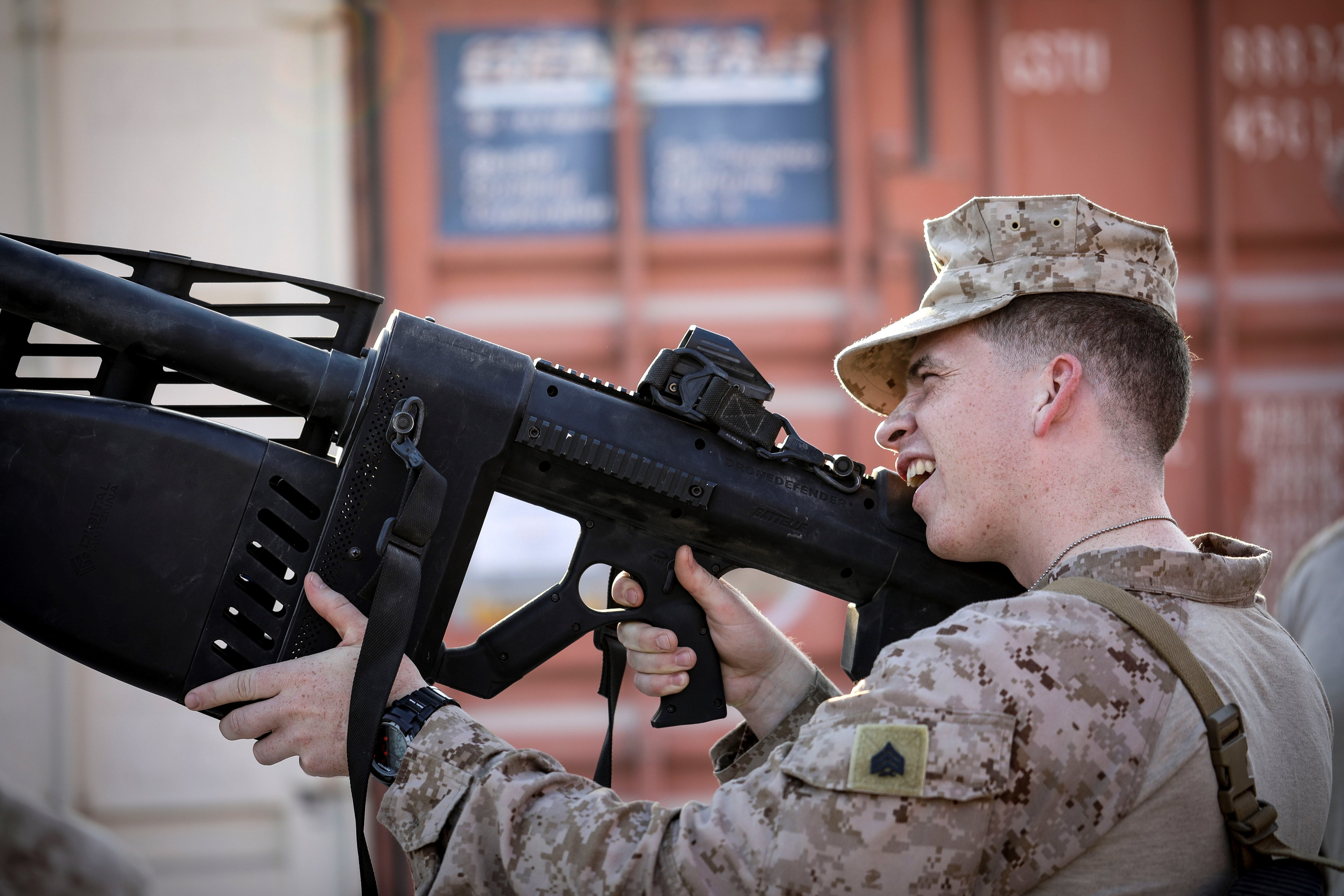The Marine Corps is expecting delivery this summer of two more Multi-Mission Reconnaissance Craft from an Australian manufacturer.
The Whiskey Project Group, named for the callsign of specialist water operators, earlier this year provided an initial pair of MMRC variants to the Corps. Experiments have since been conducted with the help of the Marine Corps Warfighting Laboratory, which aids in the development and adoption of novel technologies and weaponry.
An additional lot of the vessels would mean expanded testing at exercises this year and next, according to Maj. Pat O’Mara, who oversees in-the-field assessments.
“The big focus right now is getting Marines comfortable on the new platform, comfortable with the new systems, so they can buy down that risk and we can go into deeper water and do a lot more complex experimentation,” he said April 30 at the Modern Day Marine defense conference in Washington.
The group’s MMRC is designed to shuttle both people and sensors, recognizing the Corps’ need to quickly distribute manpower and assist with situational awareness and targeting.
RELATED

Crews right now comprise a handful of people, according to O’Mara. Onboard tech includes infrared imagers, navigation radar and a tethered drone that can act as a variable-height antenna. Kit can be added or subtracted to fit the needs of a specific operation, Defense News previously reported.
“The Marine Corps wants to push those capabilities to the tactical edge to support the warfighter,” O’Mara said. “A large part of sensor coverage is really land-based and air-based. MMRC’s goal is to take that coverage and extend it seaward along the surface of the water.”
An MMRC was photographed months ago at the Army’s Project Convergence Capstone 4.
The event is considered the service’s contribution to Combined Joint All-Domain Command and Control, or CJADC2, a state in which forces across land, air, sea, space and cyber seamlessly share information and coordinate firepower.
Colin Demarest was a reporter at C4ISRNET, where he covered military networks, cyber and IT. Colin had previously covered the Department of Energy and its National Nuclear Security Administration — namely Cold War cleanup and nuclear weapons development — for a daily newspaper in South Carolina. Colin is also an award-winning photographer.








